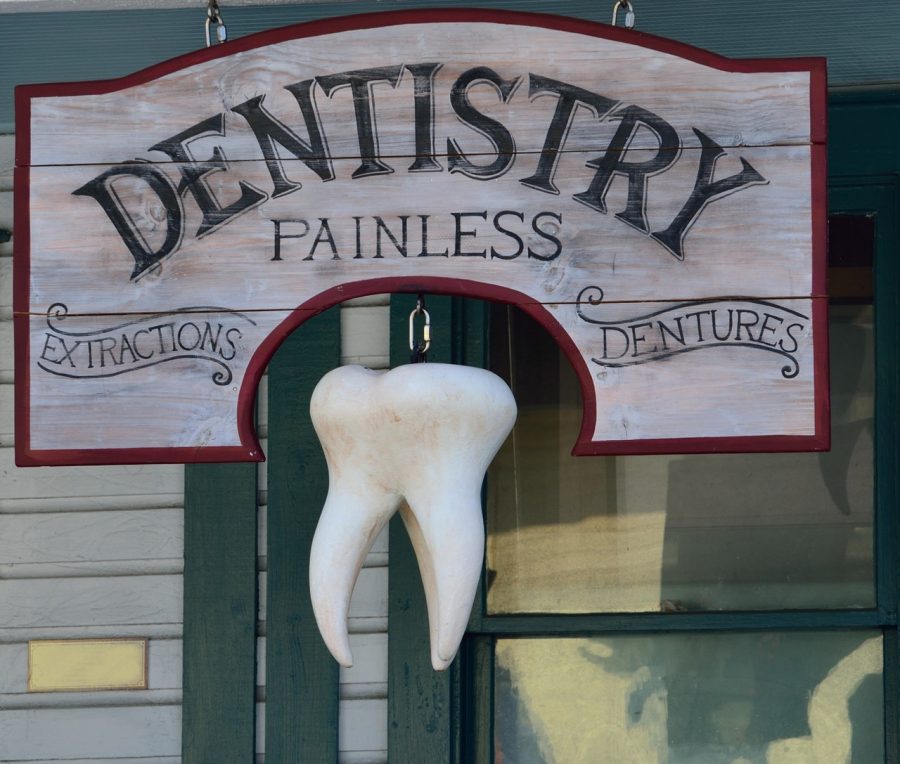People who are truly nervous about going to the dentist even for checkups have less and less to fear. This is because the advances in dentistry not only make treatments more effective but make them more comfortable. Though some procedures may remain a bit uncomfortable for the foreseeable future, they longer need to be lastingly traumatic. Here are three improvements in dentistry:
Digital X-rays
More and more, digital X-rays have come to replace regular X-rays in the dentist’s office. They are considerably faster than X-rays, and the images are downloaded into a computer, where they can be reliably stored for years and ready for viewing at the touch of a button. Unlike traditional X-rays, the dentist can also zoom in on an area that they want to pay special attention to.
Instead of film, a digital X-ray uses phosphor plates or electronic sensors. This allows the dose of radiation the patient gets to be much lower than what they’d be exposed to during a regular X-ray.
Lasers
Instead of poking around in a patient’s tooth with an explorer, dentists can now use diode lasers to find cavities that might be hard to see with the naked eye. Lasers are also used to fill cavities, remove tumors, whiten teeth and even make teeth less sensitive. They kill bacteria during procedures, which puts the patient at lower risk for infection.
Sedation Dentistry
This type of dentistry is a boon for patients who are very anxious to visit an office like Cambridge City Dental for a procedure. Sedation dentistry begins the night before the operation, for the dentist has prescribed a sedative such as Valium for the patient to take before bedtime. In the morning, they wake up in a relaxed state. When they come to the office, they can be given laughing gas, which calms them down further but allows them to be awake and aware enough to respond to the dentist’s instructions. They may not need more than a shot of a numbing agent around the surgical site to make it through the procedure comfortably.
On the other hand, some patients are given sedation intravenously. This puts the patient into a type of twilight sleep where they’re awake enough to respond to directions but have no memory of the operation once the sedative wears off.
These are just three of many advances in dentistry. Others include tooth whitening that can be done in just one visit, special lights that find early stage oral cancers or other diseases and ozone treatments that treat early tooth decay. With these advances, no one should feel too afraid to go to the dentist.

